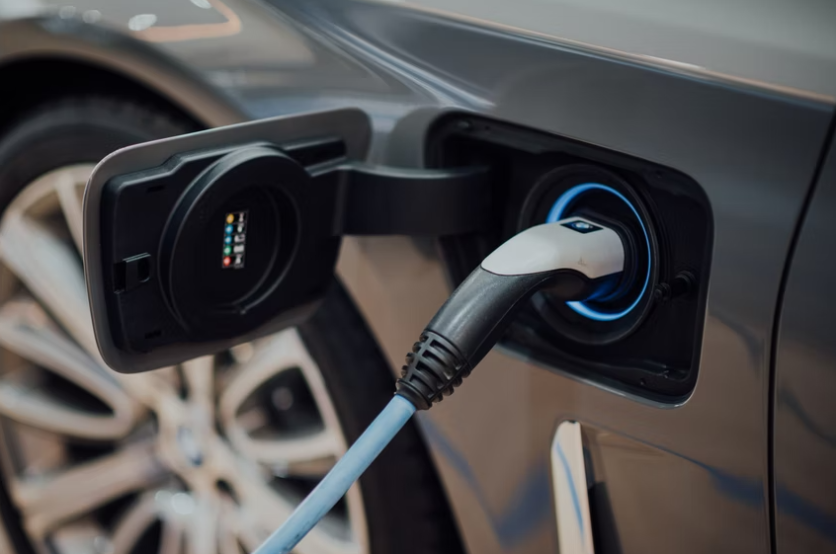
Electric vehicle charging station networks have expanded in the last few years, but navigating the different types of EV charging stations can get confusing and overwhelming.
We will explain the difference between types 1, 2, and 3, and what they are best used for.
Types of EV Charging Stations
Currently, there are three levels or types of EV charging stations available across the United States, they are type 1, type 2, and type 3.
Type 1 is the slowest out of the three, while type 3 can charge an EV's battery in just an hour, according to HowtoGeek.
Before knowing the difference between the three, it is important that you familiarize yourself with some terms.
EV charging stations are called by multiple names, all of which mean the same thing, which can add to the confusion about which one to choose.
For example, a type 2 station is sometimes called a level 2 station. It still has the same power output and means the same thing.
The other terms that are used for charging stations are charging outlet, charging plug, charger, charging port, and electric vehicle supply equipment or EVSE.
All of these terms mean the same thing. What is important is to look for the type or level of the station that you are in, since that is how you will know what type of output it has.
In 2021, both GM and Tesla said that they will install 40,000 EV charging stations across the United States, specifically level 2 charging stations.
The Type 1 Chargers
Type 1 chargers are regular wall outlets, which are similar to the ones that you would use to plug your phone into. It takes hours to charge an EV's battery with a type 1 charger, usually it takes around 20 hours of a 120-mile ride.
Type 1 chargers use alternating current power, and range in output from 1kW to 7.5 kW. They are also called single-phase plug, and type 1 connectors are standard for electric vehicles made in the United States and Japan.
This type of outlet is considered slow for everyday charging of EV's at home. But it could be good for EVs with smaller battery packs, according to Forbes.
The Type 2 Chargers
The type 2 chargers also use AC power and allow for increased charging speed because of their increased power output.
These chargers can deliver up to 240 volts of power and can charge an EV battery from five to seven times faster than a type 1 charger.
Type 2 chargers use a different type of plug to connect than a type 1 charger because they require a connector plug with more wires to carry the additional power.
That plug is called SAE J1772 and is the standard for all electric vehicle's produced in North America. Many EVs sold today come packaged with a J1772 connector. If they don't, you can purchase one online from the manufacturer.
The Type 3 Chargers
The type 3 chargers, also called DC fast charging or DCFC chargers, will get you the fastest charge of any charging station out there.
They use direct current or DC energy, and need special plugs to connect that are different from the J1772 standard, according to LifeWire.
There are three types of connector plugs that work with type 3 charging stations: CHAdeMO, SAE Combo, and Tesla connector.
Related Article: EV Chargers To Be Installed on NYC Curbsides Starting October
This article is owned by Tech Times
Written by Sophie Webster
ⓒ 2025 TECHTIMES.com All rights reserved. Do not reproduce without permission.




